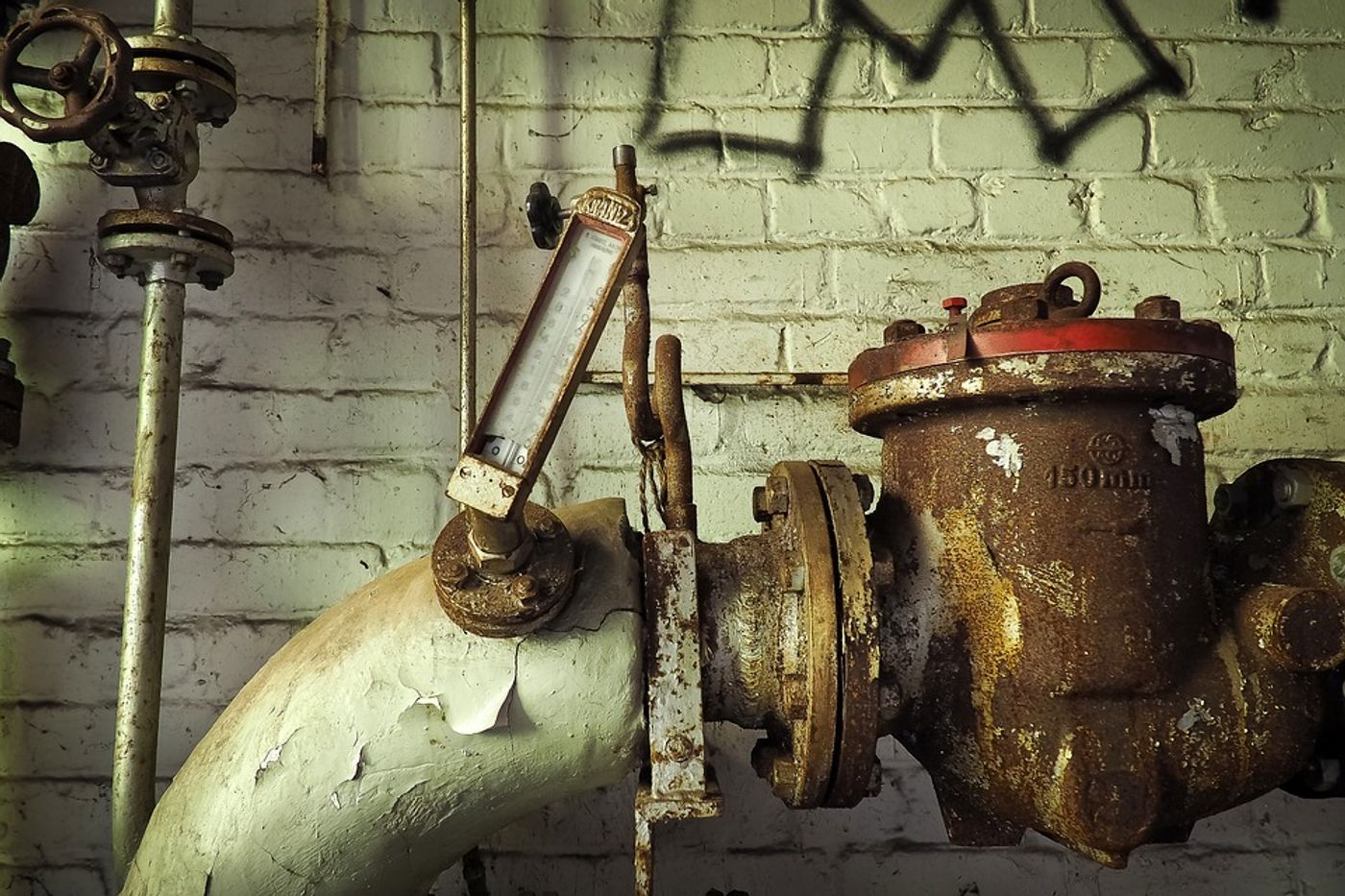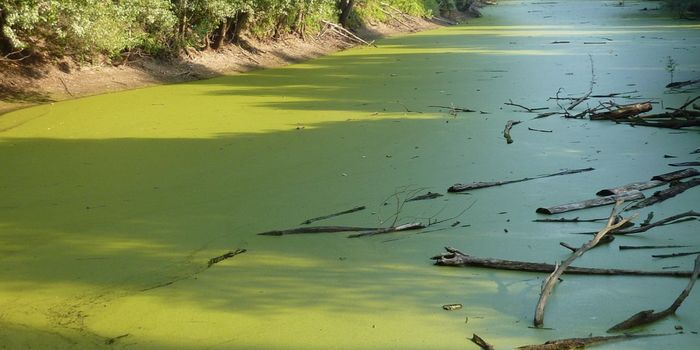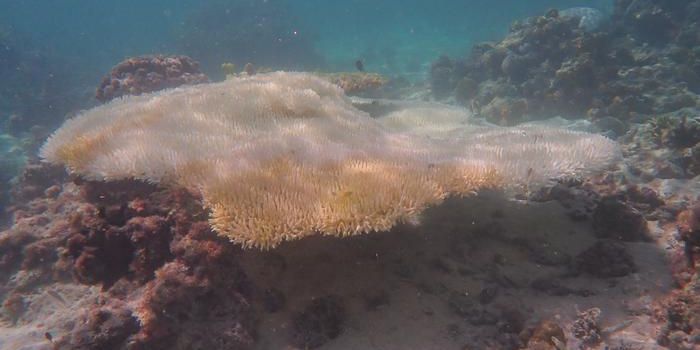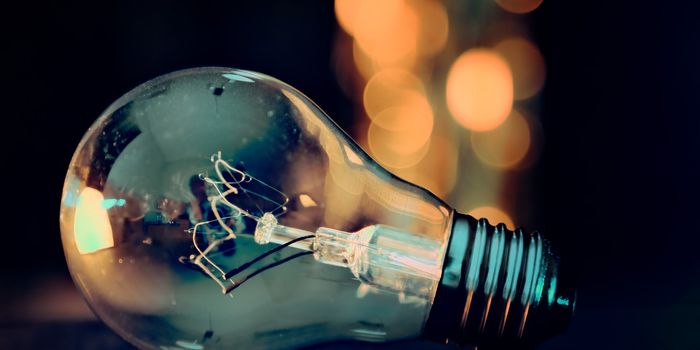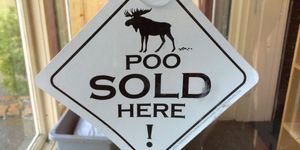The water lost through the leaks: how we can do better
Research published in the journal Water Resources Research proposes a new test that could be used to reduce leaks in water pipes around the country. According to the researchers who conducted the study, roughly 20-50% of water is lost to leaks in North America's supply system. This large of a percentage of lost resources is unthinkable, especially given the growing water scarcity in the country due to climate-change driven droughts and wildfires and ever-growing irrigation needs.
"People talk about reducing the time you take showers, but if you think about 50 percent of water flowing through the system being lost, it's another magnitude," said study author Daniel Tartakovsky, a professor of energy resources engineering in Stanford's School of Earth, Energy & Environmental Sciences (Stanford Earth).
Tartakovsky and fellow researcher Abdulrahman Alawadhi from the University of California, San Diego have developed a new way that interprets data from leak-detecting pressure sensors faster and more accurately than the current system in place. Using the basis of a method called the water hammer test, Tartakovsky and Alawadhi utilized a mathematical model in order to be able to narrow down the location of a leak by a fraction of current comparative estimations.
"We proposed a method that is fast enough that you don't need to make these assumptions, and so it's more accurate -- you could do it in real-time on a laptop," Tartakovsky said. "It's something utilities can use with existing computational resources and the models they already have."
"For operators who routinely use water hammer tests, the cost of this is zero -- this is just a better way of interpreting these tests," Tartakovsky said. "We are not selling it or patenting it, so people could just use it and see whether they get better predictions."
The authors are confident that this system is capable of saving money, time, and billions of gallons of water. They say their method also holds potential not only for water utilities but other industries that use pressure sensors for leak detection, like oil and natural gas that run under the sea and raise further environmental hazards.
Sources: Water Resources Research, Science Daily
